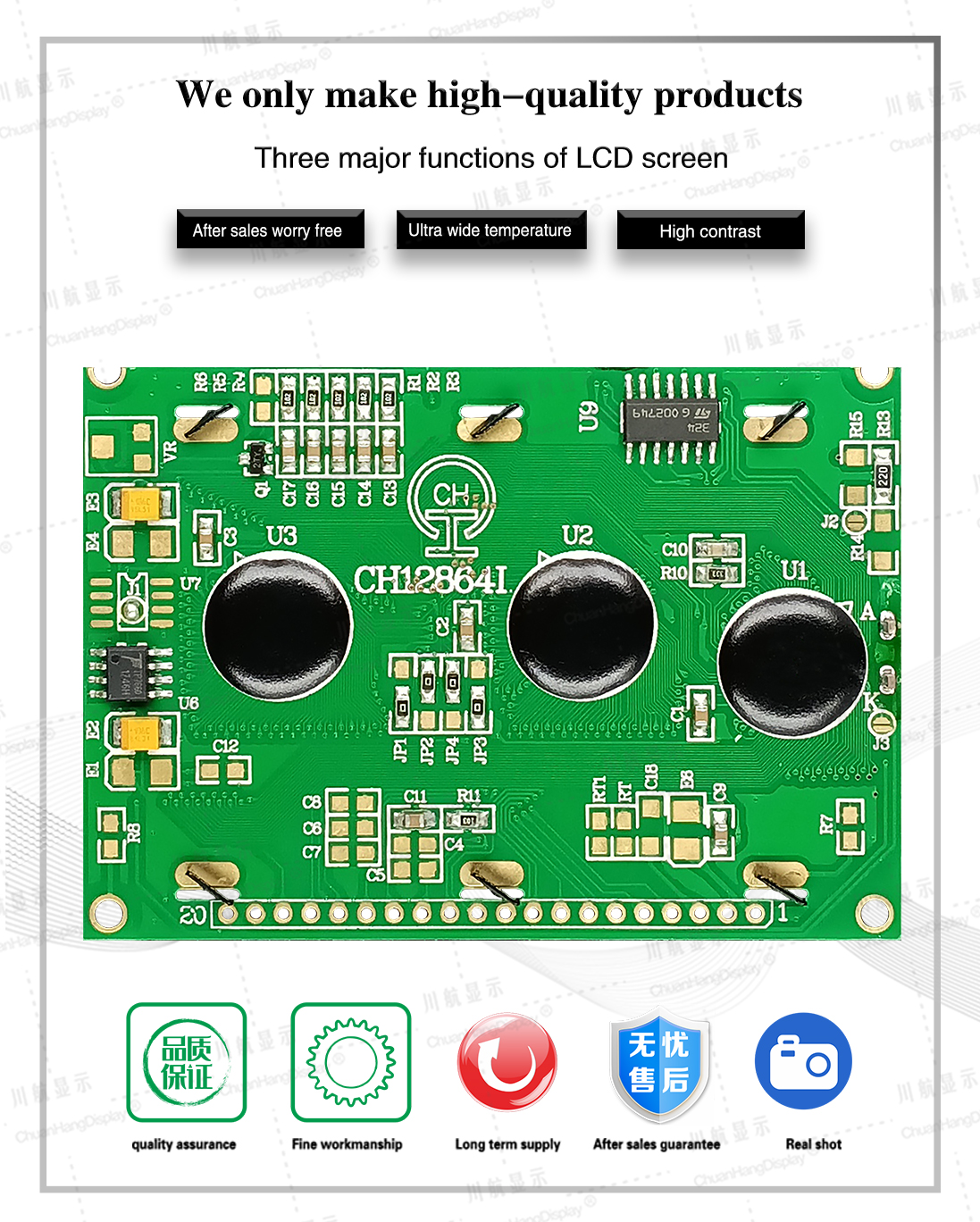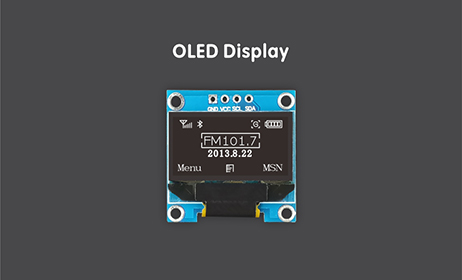When it comes to modern display technology, the COG LCD display stands out for its compact design, reliability, and versatility. Whether you're a product designer, engineer, or tech enthusiast, understanding this technology can help you make informed decisions for your projects. In this article, we’ll delve into what makes COG LCD displays unique, explore their advantages, applications, and address common questions and issues users might encounter. We’ll also highlight how brands like Chuanhang Display are contributing to this field.

COG, or Chip-on-Glass, is a technology where the driver integrated circuit (IC) is mounted directly onto the glass substrate of the LCD. This contrasts with other packaging methods like COB (Chip-on-Board) or TAB (Tape-Automated Bonding), where the IC is placed on a separate PCB or flexible circuit. The direct attachment in COG LCD displays results in a thinner, more compact module with fewer connecting components. This design enhances reliability by reducing the number of potential failure points and simplifies the overall assembly process.
The manufacturing process involves using conductive adhesives to bond the IC to the glass, which is then sealed for protection. This method is particularly popular in devices where space is at a premium, such as wearable tech, medical devices, and consumer electronics. The simplicity of the COG structure also contributes to lower production costs for high-volume orders, making it an attractive option for many manufacturers.
One of the primary benefits of COG LCD displays is their slim profile. By eliminating the need for a separate PCB for the driver IC, these displays can be made incredibly thin, which is crucial for modern sleek devices. Additionally, the reduction in components leads to a lighter weight, another advantage for portable applications.
Reliability is another strong suit. With fewer connections and bonds, the risk of mechanical failure due to vibration or shock is minimized. This makes COG LCD displays ideal for automotive, industrial, and medical applications where durability is paramount. The technology also supports high-resolution outputs and low power consumption, extending battery life in portable devices.
Cost-effectiveness is not to be overlooked. While the initial development might require precision, mass production of COG modules is generally cheaper due to simplified assembly and fewer materials. Brands like Chuanhang Display have optimized this process, offering robust COG LCD solutions at competitive prices.
COG LCD displays are ubiquitous in everyday electronics. You’ll find them in smartwatches and fitness trackers, where their thinness and low power consumption are critical. Medical devices, such as portable monitors and diagnostic equipment, rely on these displays for their reliability and clarity. In the automotive sector, they are used in dashboards and infotainment systems due to their resistance to environmental stressors.
Consumer electronics like calculators, remote controls, and home appliances also utilize COG technology for its cost efficiency and compactness. Industrial applications include handheld scanners, meters, and control panels where space and durability are key. The versatility of COG LCD displays makes them suitable for virtually any field requiring a clear, reliable visual interface.
Despite their advantages, COG LCD displays can encounter issues. One common problem is display fading or poor contrast. This often results from improper voltage settings or aging backlights. Ensuring the driving voltage matches the display specifications and using quality backlighting can mitigate this.
Another issue is dead pixels or line defects. These can occur during manufacturing or due to physical damage. While minor defects might be tolerable in some applications, critical uses require sourcing from reputable suppliers like Chuanhang Display, who implement rigorous quality controls.
Temperature sensitivity is also a concern. COG displays may malfunction in extreme cold or heat because the liquid crystals and adhesives have operating limits. It’s essential to choose displays rated for your environment, such as extended temperature versions for outdoor or industrial use.
Connection problems can arise if the conductive adhesive fails, leading to intermittent display or total failure. Proper handling during assembly and avoiding mechanical stress are preventive measures. Finally, water or humidity damage might affect unprotected displays. Using coated or ruggedized modules can help in humid conditions.

Selecting the appropriate COG LCD display involves considering several factors. First, define the size and resolution needed for your application. Higher resolutions require more precise driving, which might impact cost. Next, evaluate the operating temperature range to ensure compatibility with your environment.
Power consumption is critical for battery-operated devices. Look for displays with efficient backlighting and low-power modes. Interface compatibility (e.g., SPI, I2C) with your microcontroller is another key aspect to avoid integration headaches.
Lastly, partner with a reliable supplier. Brands like Chuanhang Display offer technical support and customization options, which can streamline your design process. They provide samples and specifications to help you test before mass production, reducing the risk of compatibility issues.
The evolution of COG LCD displays continues with advancements in higher resolutions, flexible substrates, and improved energy efficiency. As IoT and wearable devices grow, demand for thinner, more durable displays will increase. Innovations in materials science may lead to even more robust adhesives and temperature-resistant layers.
Integration with touch functionality is another trending development, making COG displays all-in-one solutions for interactive devices. Companies like Chuanhang Display are investing in research to enhance these features, ensuring that COG technology remains relevant in the competitive display market.
COG LCD displays offer a compelling mix of compactness, reliability, and cost-effectiveness, making them a go-to choice for many applications. By understanding their technology, benefits, and potential issues, you can leverage them effectively in your projects. Whether you’re designing a medical device or a consumer gadget, considering a trusted provider like Chuanhang Display can ensure you get quality and performance. As technology advances, we can expect COG displays to become even more versatile and integral to modern electronics.